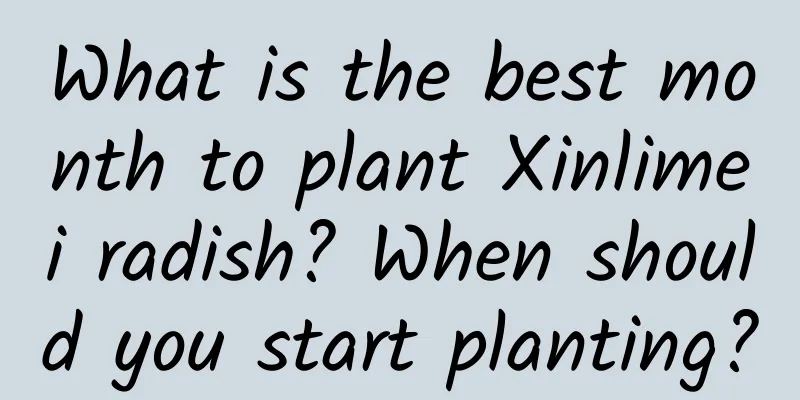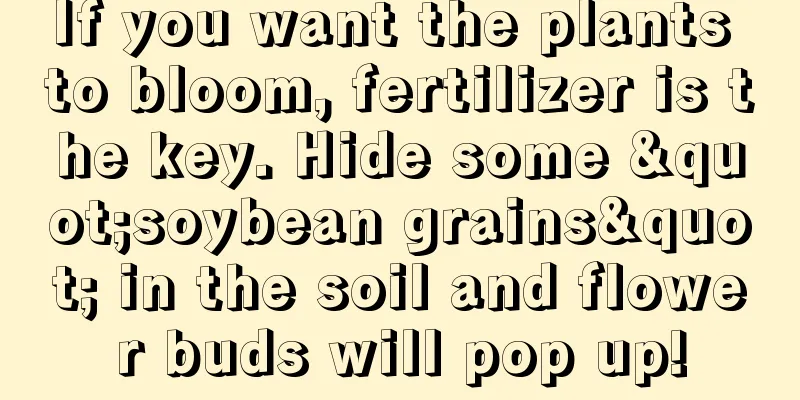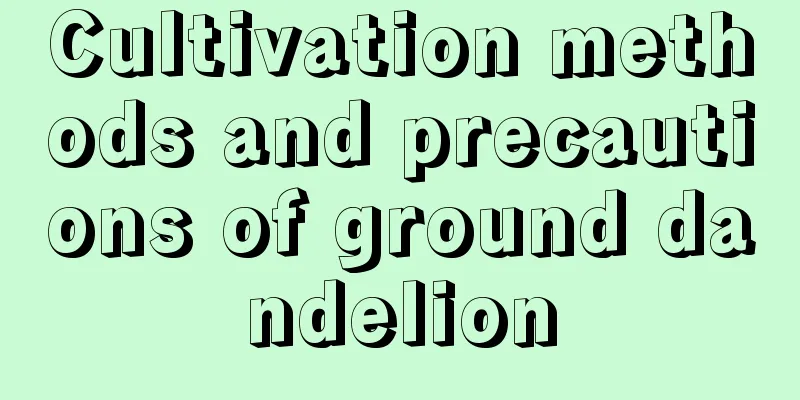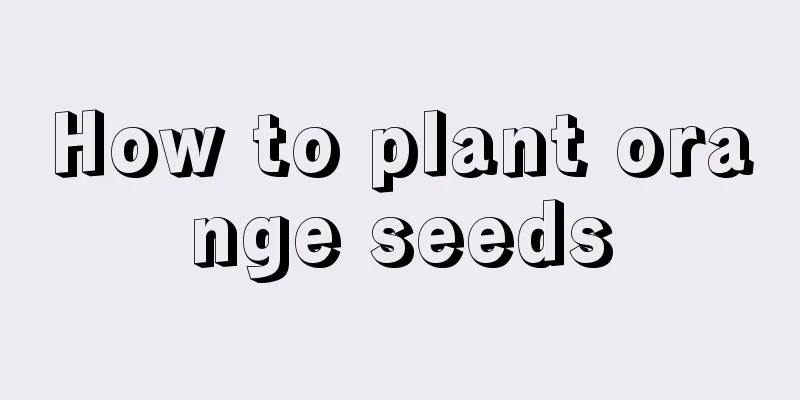Potato planting methods and management techniques
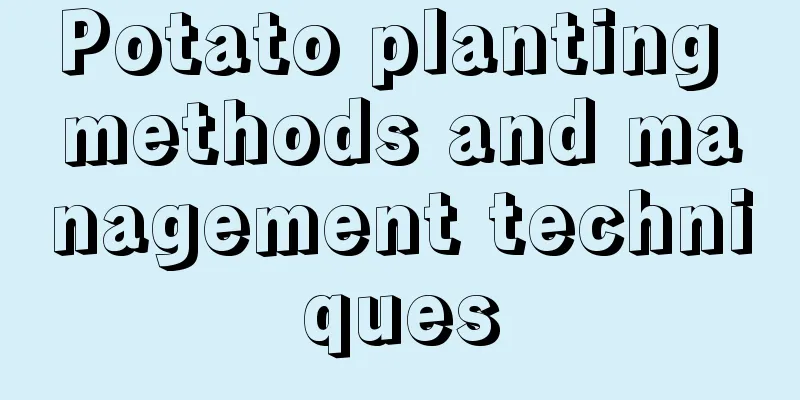
|
Potatoes, commonly known as potatoes , are a crop that can be used as both a vegetable and a food. Potatoes are known for their short growth cycle and high unit yield, and are widely grown throughout China. Although potatoes have high yield potential, many growers encounter some problems that affect yield during the planting process. In fact, growing potatoes is not complicated. As long as you follow the correct methods, you can harvest high-quality and high-yield potatoes. Let’s learn about potato planting methods and management techniques. 1. Cut into pieces and germinate About 20 days before sowing, usually in early March, start germinating potatoes. Each cut piece should have at least one eye, and 10-15 pieces per pound is appropriate. After cutting, use dry ash or carbendazim powder (diluted at a ratio of 1:200) for sterilization and disinfection, and then germinate after drying. There are two methods of germination: germination on an indoor sand bed, or digging a hole outdoors, stacking sand layers, and covering with film and straw mats for insulation. During the germination period, water appropriately to keep moist until the buds grow to 0.5-1.0 cm. 2. Site selection and land preparation Check the soil moisture before sowing. If it is insufficient, irrigate the furrows and create moisture 7-10 days before sowing. Potatoes are planted using the double-ditch planting method, with a maximum row spacing of 50 cm and a minimum row spacing of 40 cm, to ensure that the soil is loose and fertile, suitable for the enlargement of potato tubers. 3. Sowing film There are two ways of placing the potatoes when sowing: with the seed bud facing downward, the potato roots will grow long and the seedlings will be strong. Although the yield is small, the potatoes will be large in size; with the seed bud facing upward, the potato roots will be short, the yield is high, but the potatoes will be small in size. After sowing, cover the soil and compact it, using a microfilm to maintain moisture. 4. Ventilation and seedling management About 20 days after sowing, when the potato seedlings emerge from the soil, break the film to let in air to avoid steaming the seedlings. When the seedlings are 10 cm tall, compact the soil to conserve moisture. Control watering in the early stage, and irrigate appropriately according to weather conditions after flowers appear. Pay attention to the prevention and control of pests such as aphids and thrips during the seedling stage. 5. Scientific fertilization Fertilizing potatoes follows the principle of "attack at the beginning, maintain in the middle, and control at the end". When 80% of the underground fruits have emerged from the soil, apply quick-acting fertilizer and spray Diguo Zhuangdi Ling to promote the enlargement of underground fruits. Potatoes like to be fertilized with farmyard manure, 4000-5000 jin per mu, and chemical fertilizers should be used in a ratio of 1.85:1:2.1 for nitrogen, phosphorus and potassium. Note that the demand for potassium fertilizer is large. 6. Disease and pest control Pay attention to the prevention and control of late blight, downy mildew, bacterial wilt, etc. in the middle and late stages. Use mancozeb spray for prevention and control in the early stage of the disease. After the bacterial wilt is discovered, the whole plant should be pulled out and the diseased holes should be disinfected, and agricultural streptomycin should be sprayed to prevent the spread of the disease. The above are the key points of potato planting and management techniques. You can consider them based on the actual situation. Although potatoes have a high yield, every step in the planting process cannot be ignored.
|
<<: Why does the rubber tree lose its leaves?
>>: How to remedy the problem that osmanthus leaves fall off when touched?
Recommend
The application value of morning glory
The ornamental value of morning glory The leaves ...
How to water succulents in spring
Principles of watering succulents in spring In sp...
The difference between lotus and lotus
1. The difference between the two There is actual...
Edible value of roses
Nutritional value of roses Rose has a rich and sw...
How does the fire-breathing dragon survive the winter?
1. Exposure to sunlight The sunlight outside in w...
How to grow Houttuynia cordata to achieve high yield?
Houttuynia cordata , also known as fish mint , is...
Winter Radish Planting and Harvest Times
Winter radish planting time Winter radish is suit...
Causes and treatments for yellowing leaves on branches and trunks
1. The temperature is too low Reason: The growing...
Difference Between Tamarillo and Tomato
1. Leaf Difference The leaves of tree tomato are ...
Planting technology of Chinese yam in the south
Huaishan, also known as yam, is rich in nutrients...
Can Kalanchoe be grafted?
Can be grafted Kalanchoe can be grafted, so flowe...
How to grow geraniums and make them bloom and overflow the pot?
Geranium is famous for its gorgeous flowers and r...
How to water mountain roses
Tips for watering mountain roses Mountain rose do...
How many times does Amaryllis bloom in a year?
Open times How many times a year it blooms depend...
Cultivation methods and precautions of Bauhinia
Maintenance points soil The best soil for growing...

